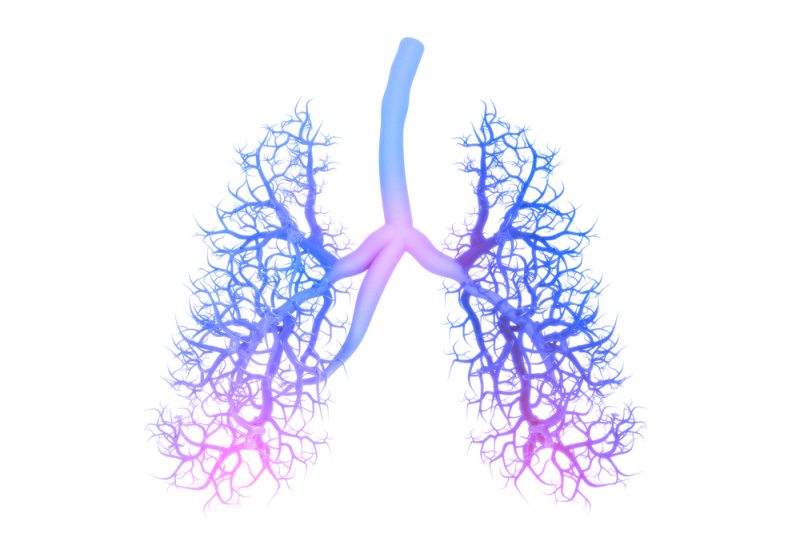Ofev or Esbriet Can Help Stabilize Lung Function in Advanced IPF

crystal light/Shutterstock
Decline in lung function is slower in people with advanced idiopathic pulmonary fibrosis (IPF) who start treatment with Ofev (nintedanib) or Esbriet (pirfenidone), although their risk of death remains considerably greater than those with mild to moderate disease, a study based on patient data reported.
Data from patient registries in four Nordic countries — Denmark, Finland, Norway, and Sweden — included people with severely impaired lung function, who are typically excluded from clinical trials of therapies, its researchers noted.
The study, “Outcomes of patients with advanced idiopathic pulmonary fibrosis treated with nintedanib or pirfenidone in a real-world multicentre cohort,” was published in the journal Respirology.
Antifibrotic medications like Ofev and Esbriet are approved to treat IPF. Their mechanisms of action differ, but both have been shown to reduce lung function decline.
These medications are often given to advanced IPF patients, but their effectiveness in this group remains to be determined. Because these patients generally cannot participate in therapy trials, healthcare professionals are uncertain about a treatment’s benefits for them.
Researchers analyzed data from registries in those four countries to evaluate changes in lung function and transplant-free survival among people with advanced IPF, relative to those with mild to moderate disease. All started treatment with Ofev or Esbriet from August 2011 to November 2019.
Forced vital capacity (FVC) and diffusing capacity of the lung for carbon monoxide (DLCO) were used as indicators of lung health. While FVC measures the total amount of air a patient is able to exhale after a deep breath, DLCO assesses the lungs’ capacity to transfer oxygen to the bloodstream.
People were classified as having advanced disease if their FVC was less than 50% of predicted, and/or their DLCO was less than 30% of predicted at the time of treatment initiation. Those unable to perform the DLCO test were also considered to have advanced disease.
Data covering a total of 502 patients were in the study, with 66 (13%) of them classified as having advanced IPF at treatment start. Patients’ median follow-up time was 2.2 years.
An annual FVC decline of 125 mL was seen in people with mild to moderate IPF , while those with advanced IPF had an annual FVC increase of 28 mL. The annual rate of change in DLCO fell by 2.9% among mild to moderate IPF patients and declined by 0.3% in those with advanced disease.
“Our study demonstrates that in a large, multicentre cohort treated with nintedanib or pirfenidone, FVC decreases substantially over time among patients with mild–moderate IPF at the time of treatment initiation, but remains more stable among patients with advanced IPF,” the researchers wrote.
“By contrast, patients with advanced IPF had substantially poorer transplant-free survival than those with mild–moderate IPF,” they added.
Over the follow-up years, 31% of mild to moderate IPF patients died and 5% received a lung transplant. Over this same period, 48% of advanced disease patients died and 8% underwent a lung transplant. This translated to a risk of death or transplant at treatment start that was more than twice as high for advanced patients.
A median time of transplant-free survival of 1.9 years among people with advanced IPF and 4.2 years among those in the mild to moderate group was also noted.
Likewise, the median time to disease progression, transplant, or death was 1.5 years for those with advanced IPF and 2.8 years for people with less advanced disease.
Because this study did not include control groups of untreated patients, researchers noted they could not evaluate treatment effect.
“In conclusion, in a broadly representative population of over 500 patients with IPF from four Nordic countries, we have demonstrated that patients with advanced IPF at the time of treatment initiation have more stable lung function during follow-up, but substantially greater risk of mortality, compared with patients with mild–moderate IPF,” the researchers wrote.
“There is a need for prospective studies specifically designed to determine the effect of antifibrotic therapy in patients with advanced IPF,” they added.








